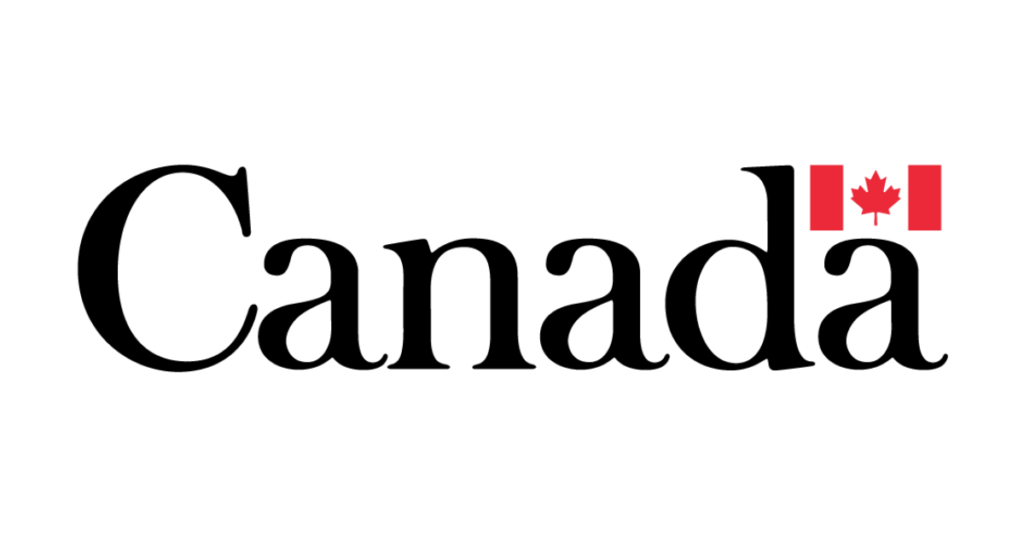
January 25, 2022
Each year, Service Canada develops 3-year occupational employment prospects at the provincial and sub- provincial level. This analysis is based on a forecast model that captures macroeconomic, demographic and industry employment conditions, in addition to occupation-specific factors that influence job opportunities.
This report provides a summary of Nova Scotia’s results from the latest occupational scenario (2021-23). It addresses the sources of labour demand, job growth and attrition, as well as highlights those occupations identified as having Good and Limited employment prospects. More information on the methodology and results can be made available on request or by visiting www.jobbank.gc.ca.
Employment Outlook
- During the 2021-2023 period, 63,600 job opportunities are projected to occur in Nova Scotia’s labour market.
- Job growth is expected to account for just under half of all opportunities. It is important to note that a large portion of this growth is associated with the labour market’s recovery from COVID-19 containment measures. Most growth is expected to have occurred in 2021.
- Opportunities in the Halifax region are predicted to comprise just under half of the provincial total. Within Halifax, growth is projected to make up 53% of opportunities, while the remainder will arise through attrition.
- Outside of Halifax, the projected rate of job growth is slightly slower, and less than half of all opportunities are expected to come from growth. The rate of attrition, however, is anticipated to be moderately higher outside of Halifax due to the older demographic profile of the workforce.
- The rate of opportunities is expected to be highest among management occupations. The rate of attrition for these occupations is substantially higher than all other skill levels, which is likely due to the older age profile of managers. The highest rate of growth is projected to occur among managers in construction and facility operation and maintenance.
- Professional occupations (usually requiring university education) are predicted to have a rate of attrition slightly above average, at 2.3%, and a rate of growth slightly below average. Growth is expected to drive a high rate of opportunities in occupational groups related to the information technology (IT) sector.
- Technical/paraprofessional occupations (usually requiring college-level education or apprenticeship training) are the largest skill level category, making up nearly one-third of total employment and more than one-third of opportunities during the forecast period. Growth is projected to account for half of all opportunities in this skill level.
- Intermediate occupations (usually requiring high school) make up the second-largest skill level, accounting for more than one-quarter of all employment. This skill level is expected to have the slowest rate of job growth, at 1.9%, during the forecast period. Within this skill level, many of the occupations with a high rate of job opportunities are concentrated in harder-hit industries such as retail trade and food services, where further recovery is expected.
Employment Prospect Analysis
Employment prospect calls (EPCs) were produced for 311 4-digit NOC occupations for Nova Scotia for the 2021 to 2023 outlook period. Combined, these occupations account for nearly 96% of all employment in the province.
- A Good call was assigned to 104 occupations, indicating above-average chances of finding work. These occupations accounted for 53% of all employment. In some occupational categories, such as Health, occupations with a Good call account for a much larger share of employment (Chart 3).
- A Fair call was given to 190 occupations. This group of occupations comprises 42% of all employment.
- A Limited call was assigned to 18 occupations, accounting for 2% of all employment. The low incidence of Limited calls during this forecast period is due in large part to the positive effect of rebound-related employment growth.
- An Undetermined call was given to 188 occupations. Reasons for an Undetermined call include an employment level below the minimum threshold of 200, as well as a few occupations in which employment is determined by non-market factors such as an election.
Natural & Applied Sciences Occupations
- Natural and applied sciences occupations are expected to have the highest growth rate during the forecast period. There are 5,690 opportunities projected for this skill level, of which three-fifths will be the result of growth.
- Approximately two-thirds of the opportunities in this skill level are expected to occur among professional occupations, as opposed to technical occupations. High opportunity rates are predicted for IT-related occupations, while some occupations related to the natural sciences will have flat or even negative growth.
- Examples of occupations with a Good call in this category include: information systems analysts and consultants; computer programmers and interactive media developers; and user support technicians.
